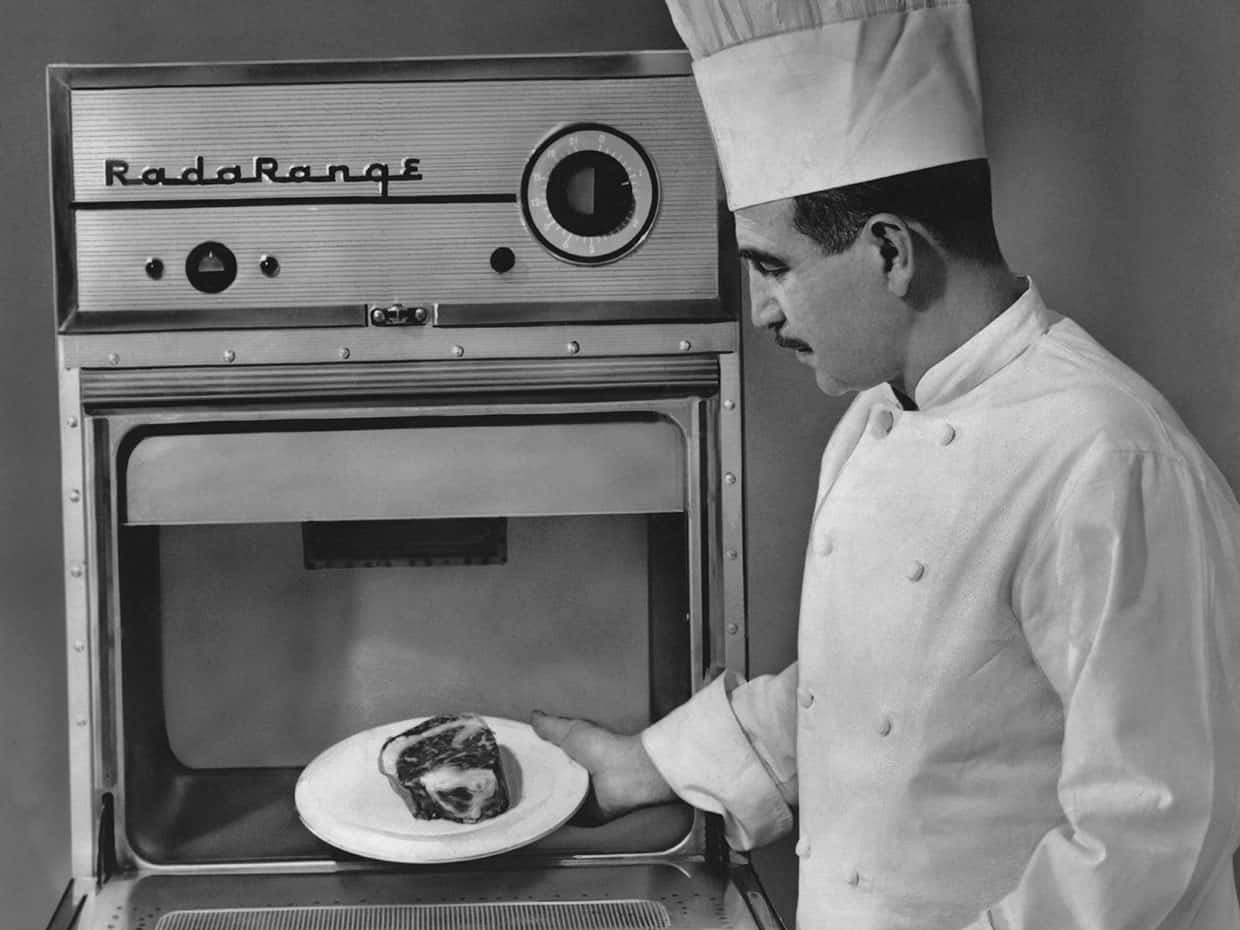

Articles
When Was Microwave Oven Invented
Modified: February 21, 2024
Learn about the history and invention of the microwave oven in this informative article. Discover interesting facts about the origins and evolution of this time-saving kitchen appliance.
(Many of the links in this article redirect to a specific reviewed product. Your purchase of these products through affiliate links helps to generate commission for Storables.com, at no extra cost. Learn more)
Introduction
In today’s fast-paced world, the microwave oven has become an indispensable appliance in households across the globe. Whether it’s reheating leftovers, defrosting frozen food, or quickly cooking a meal, the microwave oven provides convenience and efficiency in the kitchen. But have you ever wondered when this modern marvel was invented?
The concept of utilizing microwave radiation for cooking and heating dates back to the early 20th century. However, it wasn’t until several decades later that the first microwave oven came into existence. This article explores the fascinating journey behind the invention of the microwave oven, its early experiments, and the subsequent advancements that propelled it into the homes of millions.
Join us as we delve into the history of this remarkable kitchen appliance and uncover the pioneers whose ingenuity changed the way we approach cooking forever.
Key Takeaways:
- The microwave oven was invented in the 1940s, stemming from the discovery of microwave radiation and early experiments with heating food using microwaves. It has since evolved to become an essential, time-saving kitchen appliance worldwide.
- The commercialization and advancements of microwave ovens have revolutionized cooking, offering convenience, versatility, and energy efficiency. From sensor technology to convection capabilities, microwave ovens continue to enhance the cooking experience for busy households and beyond.
Read more: Microwave Oven Turns On When Door Is Open
The Discovery of Microwave Radiation
The story of the microwave oven begins with the discovery of microwave radiation in the early 20th century. In 1886, German physicist Heinrich Hertz demonstrated the existence of electromagnetic waves, including microwaves, which are a type of radio wave with a shorter wavelength.
It wasn’t until the 1930s that researchers began to explore the potential applications of these microwaves. This led to the development of the magnetron, a device capable of generating high-frequency electromagnetic waves, including microwaves. The magnetron played a crucial role in the invention of the microwave oven.
During World War II, scientists and engineers working on radar technology discovered that microwaves were effective at heating food. As part of their research, they observed that a chocolate bar in their pocket melted due to the microwave radiation emitted by the magnetron. This serendipitous incident sparked their curiosity and paved the way for further experiments.
In the years following the war, these pioneering scientists continued to explore the potential uses of microwaves for cooking. They worked towards developing a practical application that could bring the benefits of this discovery into everyday life.
It was clear that microwaves had immense potential, but the challenge lay in finding a way to harness their power and create a device that could be safely used in homes. The birth of the microwave oven was just around the corner, waiting for the right minds to bring it to fruition.
Early Experiments with Microwaves
After the discovery of microwave radiation, scientists and inventors around the world began conducting experiments to explore its potential applications. In the 1940s and 1950s, these early experiments laid the groundwork for the development of the first microwave oven.
One of the key figures in these early experiments was Dr. Percy Spencer, an engineer at Raytheon Corporation. In 1945, while working on magnetron technology for radar systems, Spencer noticed that a candy bar in his pocket had melted. Curious about this phenomenon, he conducted further experiments and realized that the microwaves emitted by the magnetron were responsible for heating the food.
Encouraged by this discovery, Spencer continued to experiment with different types of food. He found that microwaves could heat food quickly and evenly, making them a promising alternative to conventional cooking methods.
In 1947, Raytheon Corporation filed a patent for the world’s first microwave cooking oven. The prototype was known as the “Radarange.” It was a large and expensive machine primarily used in commercial settings, such as restaurants and railway dining cars.
Over the next few years, further refinements were made to the microwave oven design. In 1954, the first commercially available microwave oven was introduced by Tappan Electric Company. This oven was smaller and more affordable, making it accessible to a wider audience.
These early experiments were crucial in proving the viability of using microwaves for cooking. The success of microwave ovens in commercial settings laid the foundation for their eventual integration into households around the world.
The Invention of the Microwave Oven
The invention of the microwave oven can be attributed to the combined efforts of several individuals and companies. Building upon the early experiments with microwaves, engineers and inventors sought to create a practical and efficient microwave cooking device that could be used in the home.
One such individual was Dr. Percy Spencer, the engineer at Raytheon Corporation who first discovered the heating effect of microwaves. His experiments and subsequent patent filing for the microwave cooking oven laid the foundation for future developments.
In 1955, the engineers at Raytheon Corporation introduced the first domestic microwave oven, named the “Radarrange.” This countertop microwave oven made use of microwave technology to cook food quickly and efficiently.
Around the same time, other companies also began developing their own microwave oven models. In 1954, the Tappan Electric Company released a popular microwave oven for home use, which was smaller and more affordable than previous models.
Throughout the 1960s and 1970s, research and development in microwave technology continued to advance. Major companies such as Panasonic, Sharp, and Toshiba entered the market, introducing their own microwave oven models with improved features and designs.
One notable advancement during this time was the introduction of a turntable inside the microwave oven. This innovation allowed for more even cooking by rotating the food during the heating process.
As microwave ovens became more accessible and affordable, their popularity surged. They revolutionized the way people cooked and heated food, providing a quick and convenient solution for busy households.
With advancements in technology, microwave ovens also became more compact and energy-efficient, further solidifying their place in the modern kitchen. Today, microwave ovens are a staple appliance in households worldwide, providing a hassle-free approach to cooking and heating.
The invention of the microwave oven has undoubtedly had a significant impact on modern life, transforming the way we prepare and enjoy our meals in the comfort of our homes.
The microwave oven was invented in 1946 by Percy Spencer, an engineer at Raytheon. He discovered the heating effect of microwaves when a candy bar in his pocket melted while working with a magnetron.
Initial Commercialization of Microwave Ovens
After the invention of the microwave oven, the next challenge was to bring this innovative cooking appliance to the mass market. The initial commercialization of microwave ovens involved various aspects, including marketing, pricing, and educating consumers about the benefits of this new technology.
When microwave ovens were first introduced in the 1950s, they were primarily targeted towards commercial settings like restaurants and railway dining cars. These early models were large, bulky, and expensive, making them less suitable for home use.
However, companies like Tappan Electric and Amana recognized the potential of microwave ovens in residential settings and began working on developing smaller and more affordable models.
In 1967, Amana introduced the first countertop microwave oven designed specifically for home use. The Amana Radarange made a significant impact in the market, garnering attention from consumers who were eager to embrace the convenience and time-saving benefits of microwave cooking.
As the demand for microwave ovens grew, other major appliance manufacturers started to produce their own models. Panasonic, Sharp, and Toshiba became key players in the industry, offering a range of microwave oven options to cater to different budgets and cooking needs.
To encourage consumer adoption, manufacturers and retailers engaged in extensive marketing campaigns to showcase the advantages of microwave ovens. Advertisements, demonstrations, and testimonials highlighted the speed, convenience, and energy efficiency of these appliances.
The pricing of microwave ovens also played a significant role in their commercialization. As technology advanced and production costs decreased, the prices of microwave ovens gradually became more affordable for the average consumer.
Manufacturers also focused on educating consumers about the safe usage of microwave ovens. Instructions and safety guidelines were included with each appliance to ensure that users understood how to operate them correctly and prevent accidents.
By the 1980s, microwave ovens had become a common sight in households across the globe. The initial commercialization efforts had paid off, and consumers embraced the convenience and time-saving benefits of this modern kitchen appliance.
Today, microwave ovens continue to be available in various sizes, designs, and functionalities to cater to the diverse needs of consumers. They have become an essential part of modern kitchens, revolutionizing the way we cook, reheat, and defrost food.
Read more: What Is A Microwave Oven
Advancements and Popularity of Microwave Ovens
Since their initial commercialization, microwave ovens have gone through several advancements and innovations that have further enhanced their functionality and popularity. These advancements have expanded the range of capabilities and made microwave cooking even more convenient and versatile.
One significant advancement is the incorporation of sensor technology in microwave ovens. This technology allows the oven to automatically adjust cooking times and power levels based on the moisture and temperature of the food, ensuring optimal cooking results. Sensors also help prevent overheating or undercooking, resulting in evenly cooked meals.
Another notable development is the introduction of preset cooking programs. Microwave ovens now come with a variety of preprogrammed settings for specific food items, such as popcorn, baked potatoes, or frozen dinners. This feature takes the guesswork out of cooking times and power levels, making it easier for users to achieve desired results.
Convection microwave ovens are another significant advancement in the industry. These appliances combine the benefits of microwave technology with the effectiveness of convection cooking. Convection microwaves use a fan to circulate hot air around the food, resulting in crispier textures and faster cooking times. This feature is particularly useful for baking, roasting, and grilling.
Energy efficiency has also improved over the years. Manufacturers have made strides in developing microwave ovens that consume less energy while still delivering efficient cooking performance. This not only reduces environmental impact but also helps users save on their energy bills.
The popularity of microwave ovens has soared due to these advancements and their inherent convenience. They offer busy individuals and families a fast and effortless way to prepare meals, making it a go-to appliance for many households.
Microwave ovens have also become more versatile, allowing for a wide range of cooking tasks beyond simply reheating leftovers. From defrosting frozen foods to steaming vegetables, melting butter or chocolate, and even making homemade popcorn, microwave ovens provide a plethora of options to experiment with in the kitchen.
The convenience of microwave cooking has particularly benefited individuals and families with busy schedules or limited cooking skills. It has also become essential for office spaces, college dormitories, and other settings where quick and easy food preparation is a necessity.
Today, microwave ovens have become a familiar sight in kitchens around the world. Their ease of use, time-saving attributes, and the ability to cook a wide range of foods efficiently have solidified their position as an essential kitchen appliance. As technology continues to progress, we can expect further advancements that will enhance our microwave cooking experience even more.
Conclusion
The invention and evolution of the microwave oven have revolutionized the way we approach cooking and food preparation. From its humble beginnings as a discovery of microwave radiation to the commercialization and advancements that followed, the microwave oven has become an essential appliance in households across the globe.
The journey began with the discovery of microwave radiation in the early 20th century, which led to the development of the magnetron and the realization of its potential for cooking. Early experiments with microwaves laid the groundwork for the invention of the microwave oven, with researchers like Dr. Percy Spencer making significant contributions.
The initial commercialization of microwave ovens saw them being introduced in commercial settings, followed by the development of smaller and more affordable models for home use. Extensive marketing efforts, reduced pricing, and safety education contributed to their increasing popularity.
As the technology advanced, so did the features and capabilities of microwave ovens. Advancements like sensor technology, preset cooking programs, and convection capabilities have further expanded their functionality and convenience. The energy efficiency of microwave ovens has also improved, making them more environmentally friendly.
The popularity of microwave ovens stems from their time-saving attributes, ease of use, and versatility in cooking a variety of foods. They have become an indispensable tool in busy households, offices, and other settings where quick and efficient food preparation is essential.
In conclusion, the invention and continuous advancements in microwave oven technology have transformed the way we cook, reheat, and defrost food. As technology continues to progress, we can expect even more innovative features and improvements that will further enhance our microwave cooking experience. The microwave oven has undoubtedly earned its place as a staple appliance in modern kitchens, making our lives easier and more convenient.
Frequently Asked Questions about When Was Microwave Oven Invented
Was this page helpful?
At Storables.com, we guarantee accurate and reliable information. Our content, validated by Expert Board Contributors, is crafted following stringent Editorial Policies. We're committed to providing you with well-researched, expert-backed insights for all your informational needs.
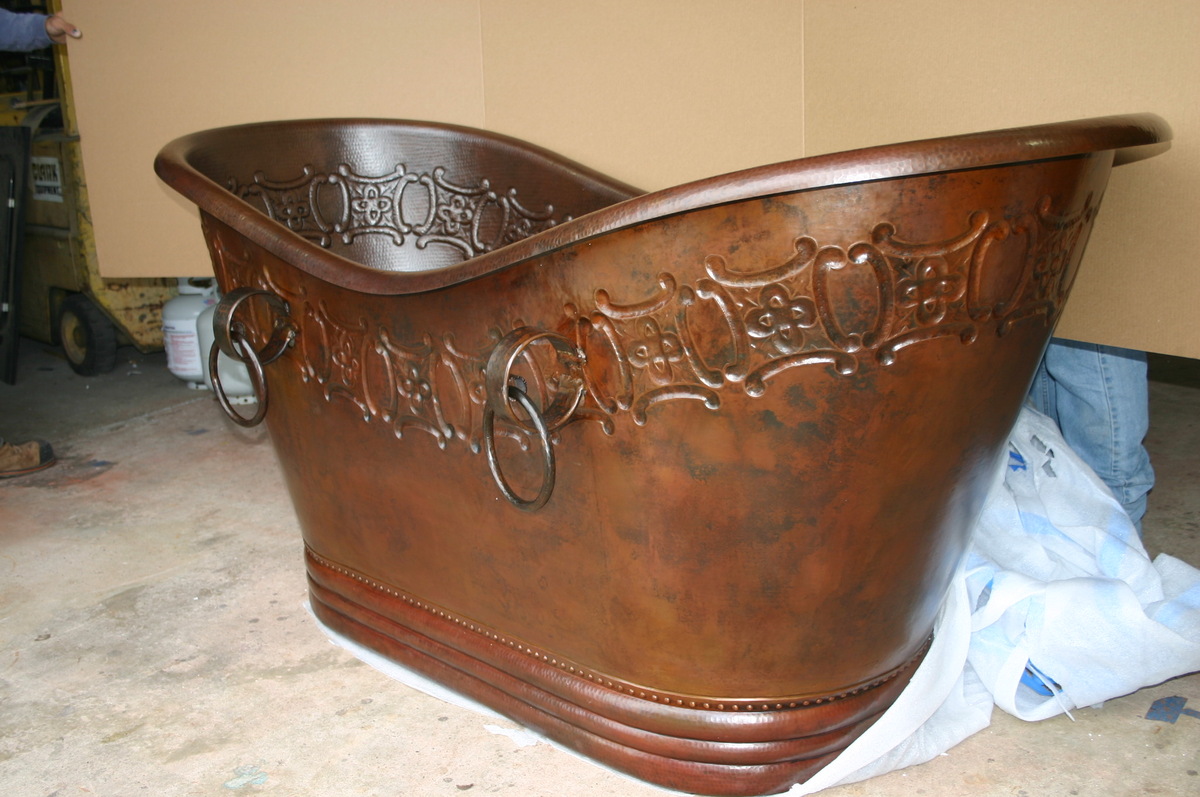
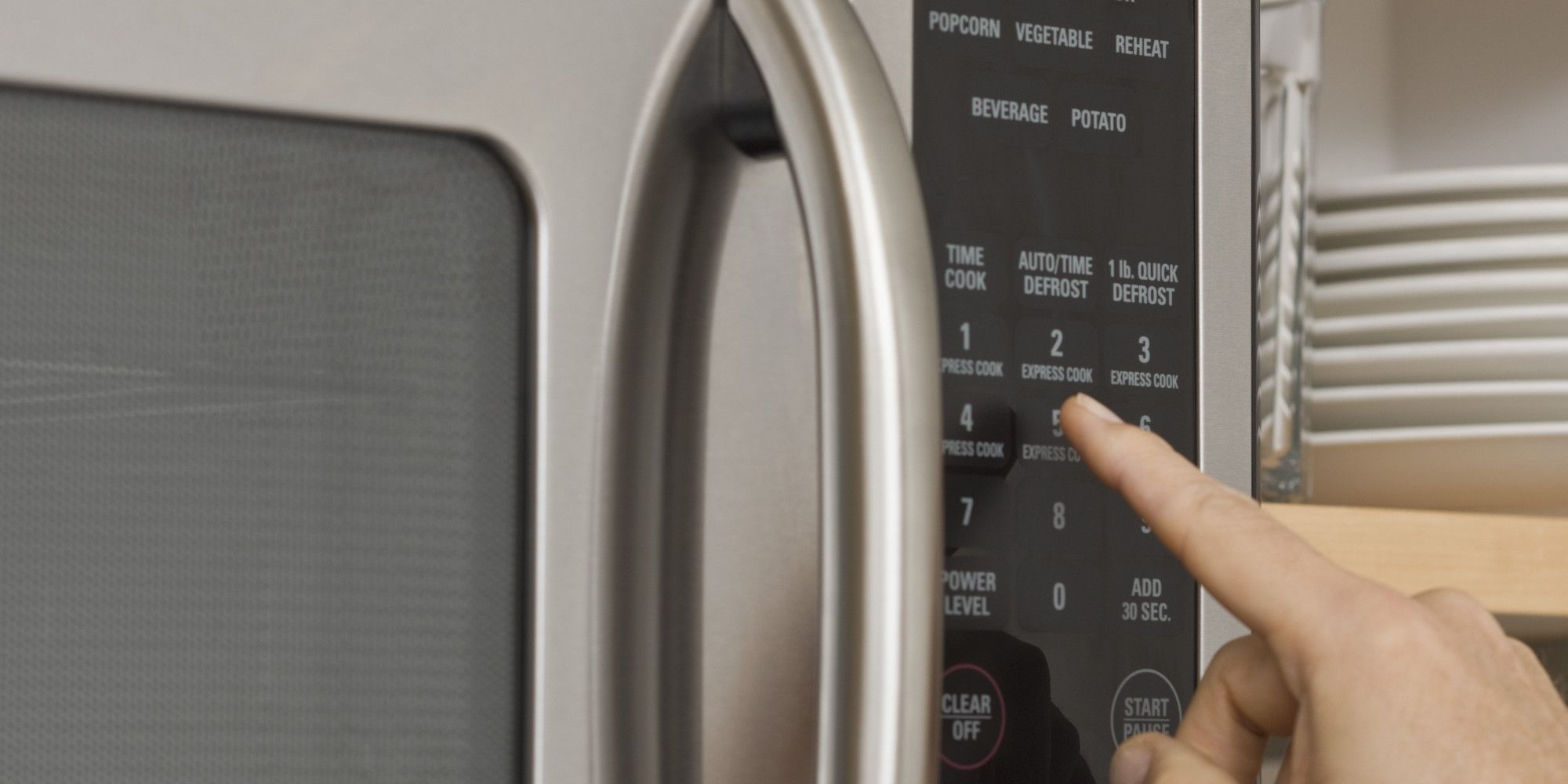
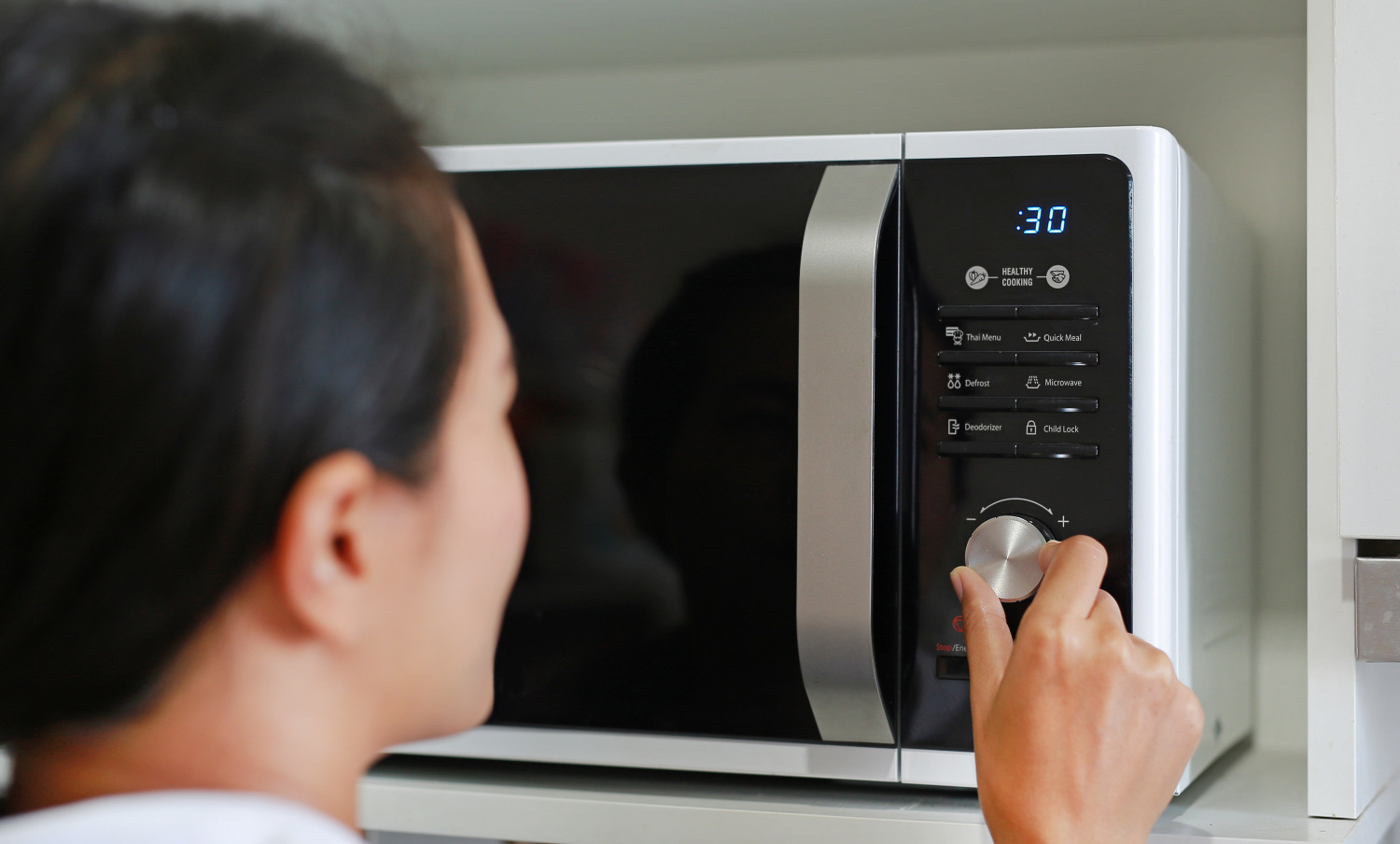
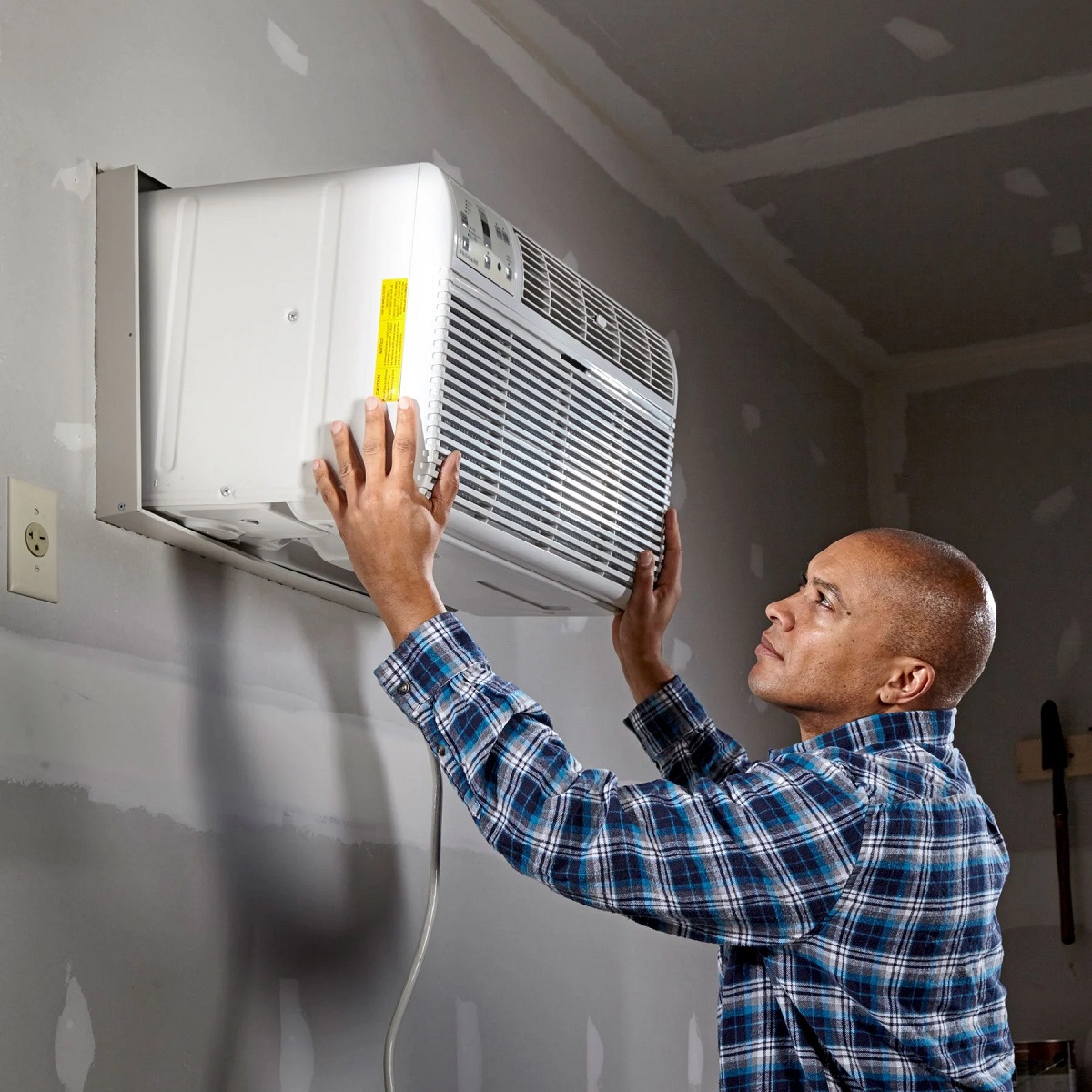
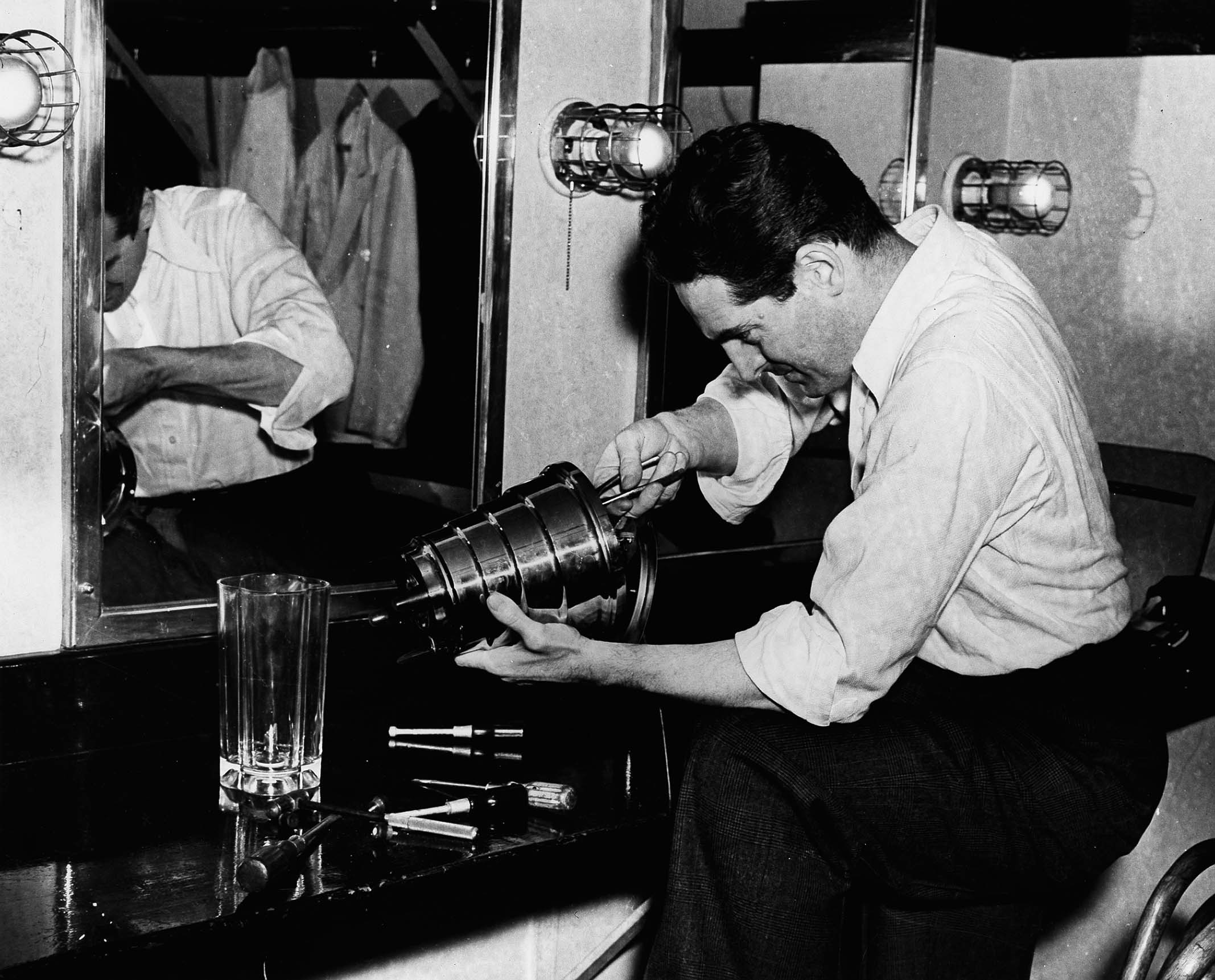




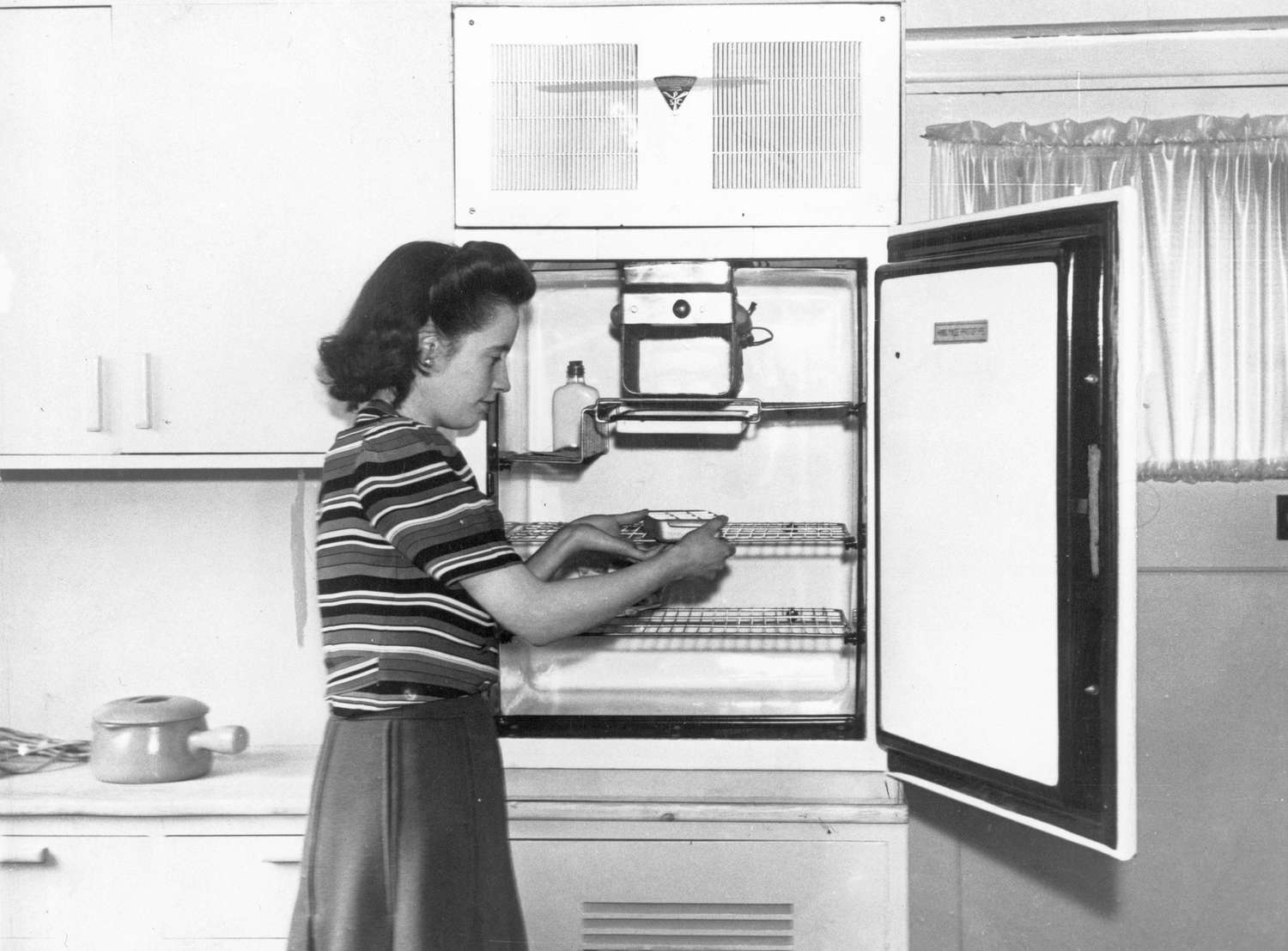


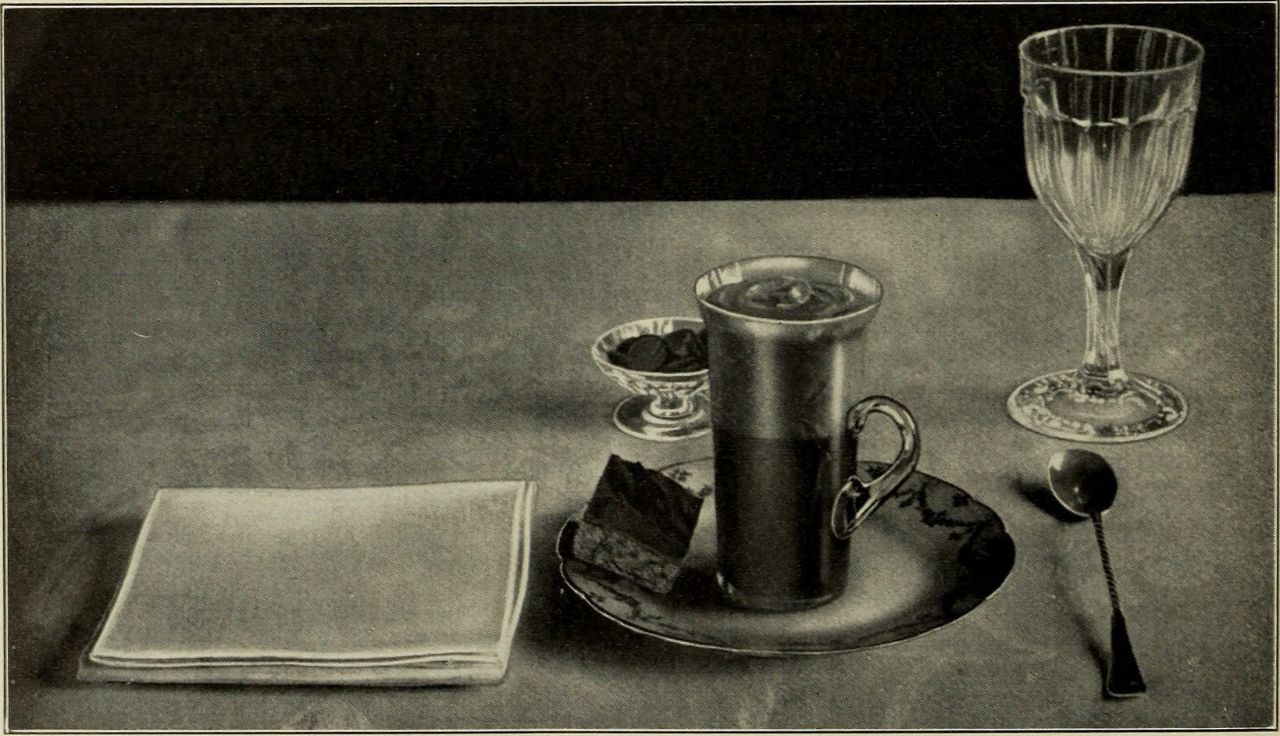
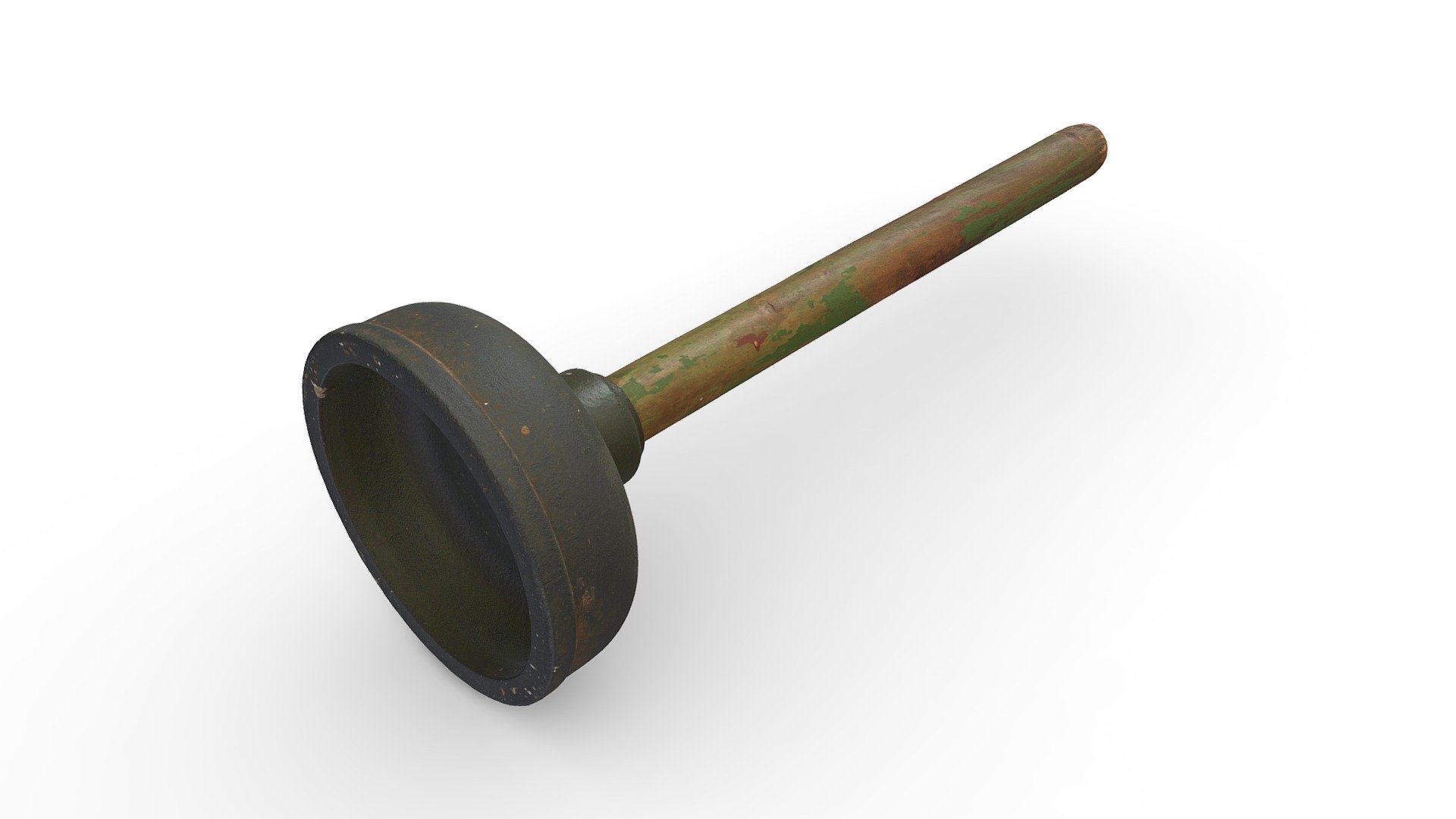

0 thoughts on “When Was Microwave Oven Invented”